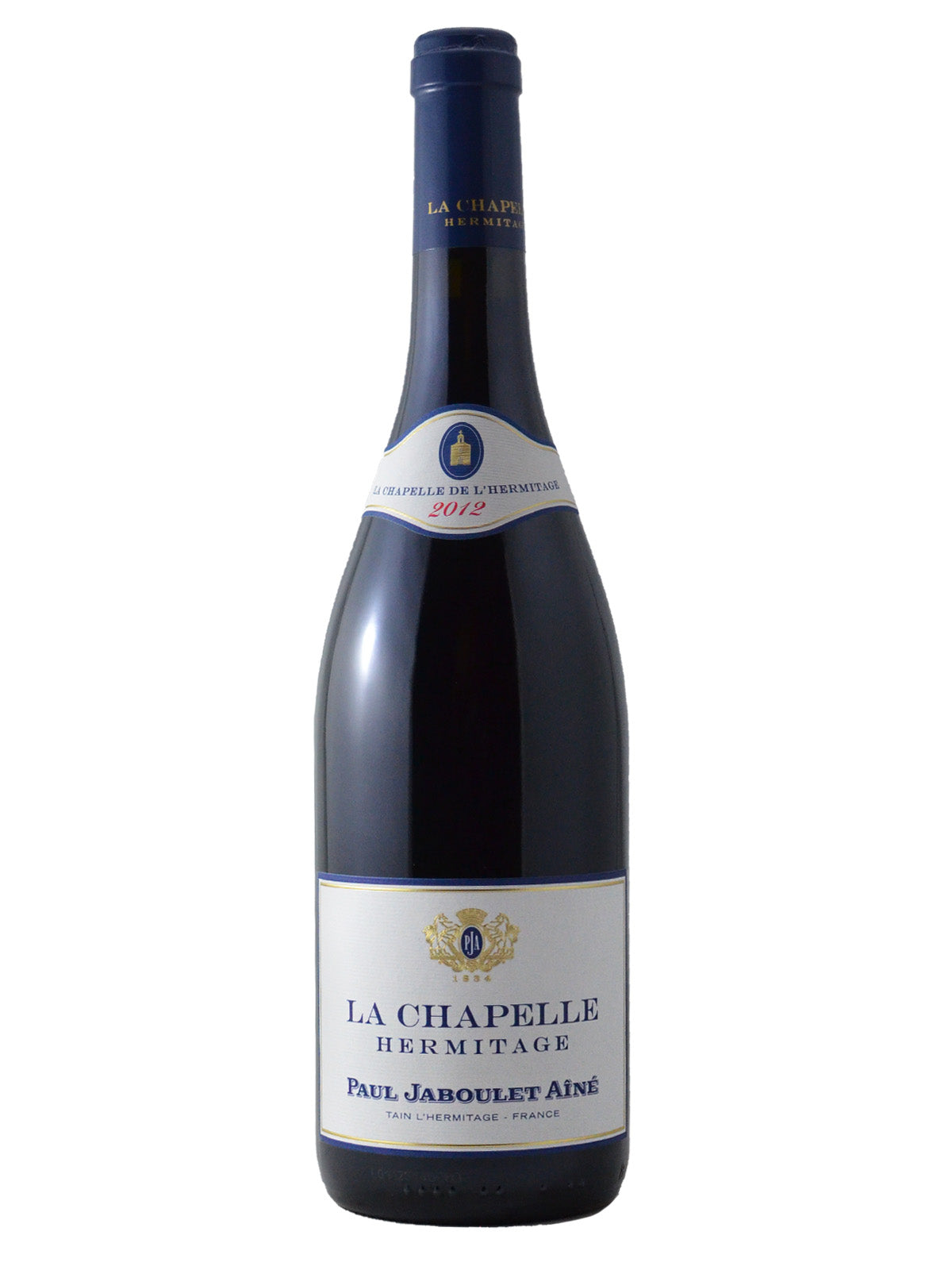Paul Jaboulet Ainé Hermitage 'La Chapelle' 2012
Paul Jaboulet Aine
Couldn't load pickup availability
Varietal: Syrah
The Maison Paul Jaboulet Aîné was created in 1834 through the magical conjunction of a fertile land on a hillside by the Rhone and a family with a passion for winemaking.
Famed through the Hermitage La Chapelle, over the years the Domaines Paul Jaboulet Aîné took ownership of the finest appellations of the northern Rhone Valley, applying organic and biodynamic principles since taken over by the Frey family, ensuring a legacy in both vineyards and incredible wines.
The Maison Paul Jaboulet Aîné was created in 1834 through the magical conjunction of a fertile land on a hillside by the Rhone and a family with a passion for winemaking.
Famed through the Hermitage La Chapelle, over the years the Domaines Paul Jaboulet Aîné took ownership of the finest appellations of the northern Rhone Valley, applying organic and biodynamic principles since taken over by the Frey family, ensuring a legacy in both vineyards and incredible wines.
A legendary cru… Over centuries, this mythical cru has built its reputation on a single hill, and an epic history. In the beginning, the hill was home to a hermitage founded by Henri Gaspard de Sterimberg in 1224. This knight, returning from the Albigensian Crusade, and weary of bloodshed, asked permission to Blanche of Castille to take refuge from the world on the summit of this granite hill. Soon joined by others, the community began to plant vines… A charming tale, but one that overlooks the fact that the Hermitage owes only its name to the hermit: the vineyard has existed since ancient times with the famous wines of Vienne.
Producer's Notes:
More dense, concentrated structured, the knockout 2011 Hermitage La Chapelle, which comes mostly from the warmer, Le Meal Lieut, is up with the top 7 – 8 wines in the vintage. Offering up layers of black raspberry, powdered rock, chocolate, roasted meats, and graphite, it flows onto the palate with full-bodied richness, solid mid-palate depth, and masses of fine tannin that are sweet and polished. Reasonably approachable given the wealth of fruit and texture, it should nevertheless be given a handful of years in the cellar



